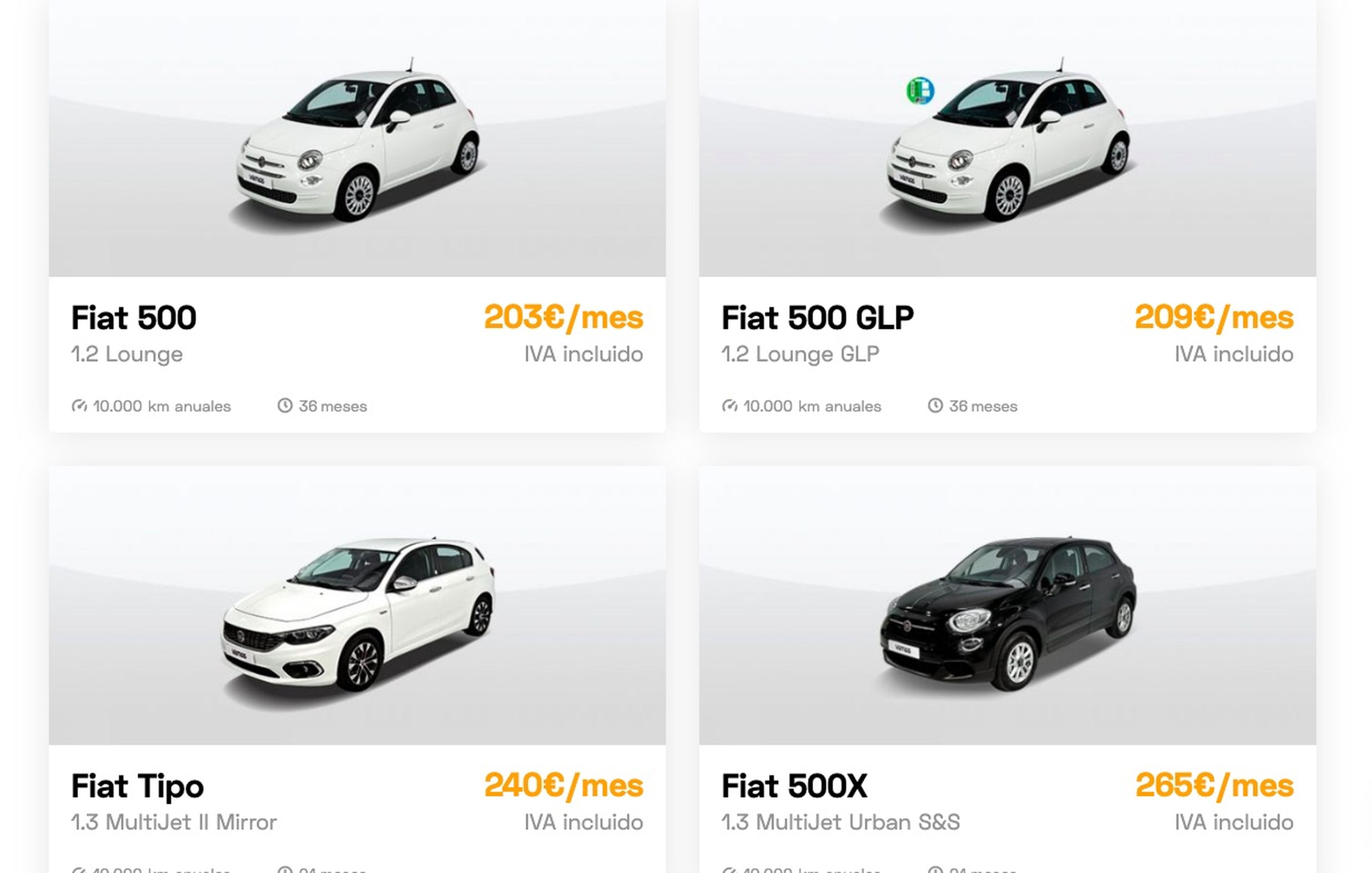You know very well that the car market is in low hours. Car brands don’t sell enough cars and drivers don’t have access to new cars. The semiconductor crisis has affected the entire world.
For this reason, many drivers have had to access a new vehicle through new modalities that a few years ago were very minority. For example, renting and leasing, ways of getting a car more designed for companies than individuals.
But times change and we must adapt to this new world that is unstable and full of difficulties. Luckily we are here to help you on that path.
Leasing and renting are two ways of acquiring a vehicle, but each has its own key features and differences. In this article, we’ll explain everything you need to know about both options, so you can make an informed decision about which option is best for you.
What is leasing?
The lease is a long-term contract that allows a person or company to lease a vehicle for a set period of time. The lessee pays a monthly fee during the term of the contract and at the end of the contract he has the option to buy the vehicle.
Leasing is a popular form of vehicle financing around the world. It is commonly used by companies that need vehicles for their business.but it can also be used by individuals looking for a financing alternative to buy a car.
One of the main advantages of leasing is that the lessee can enjoy a new vehicle without shelling out large amounts of cash at the time of purchase. In addition, the monthly payments are generally lower than those paid for a traditional loan to buy a vehicle.
Another advantage of leasing is that the lessee can deduct the leasing payments from taxes in many cases, which can be an important advantage for companies looking to reduce their tax burden.

What is renting?
Renting is a long-term rental modality, which is mainly used for vehicles and machinery, but can also be used for other types of goods, such as office furniture and computer equipment. But today we’re talking about car rental, so let’s focus.
In leasing, the leasing company is responsible for the management and maintenance of the car, including repairs, insurance and other costs related to its use: for example, reviews every 30,000 km. The client only has to pay a monthly fee that covers all these costs.
One of the main advantages of renting is the flexibility it offerssince it allows companies and individuals to have a vehicle without having to make a large initial investment and, as we said, without having to worry about maintenance and repair costs.
Another advantage of leasing is that the customer can easily change vehiclessince at the end of the contract you can renew it and choose a newer and more updated model (paying for the car again, of course).
In summary, leasing can be a good option for those who want to own a vehicle, but do not want to make a large initial investment or worry about additional services. However, and as a negative point, if you keep the car in the end, the total price is usually higher.




